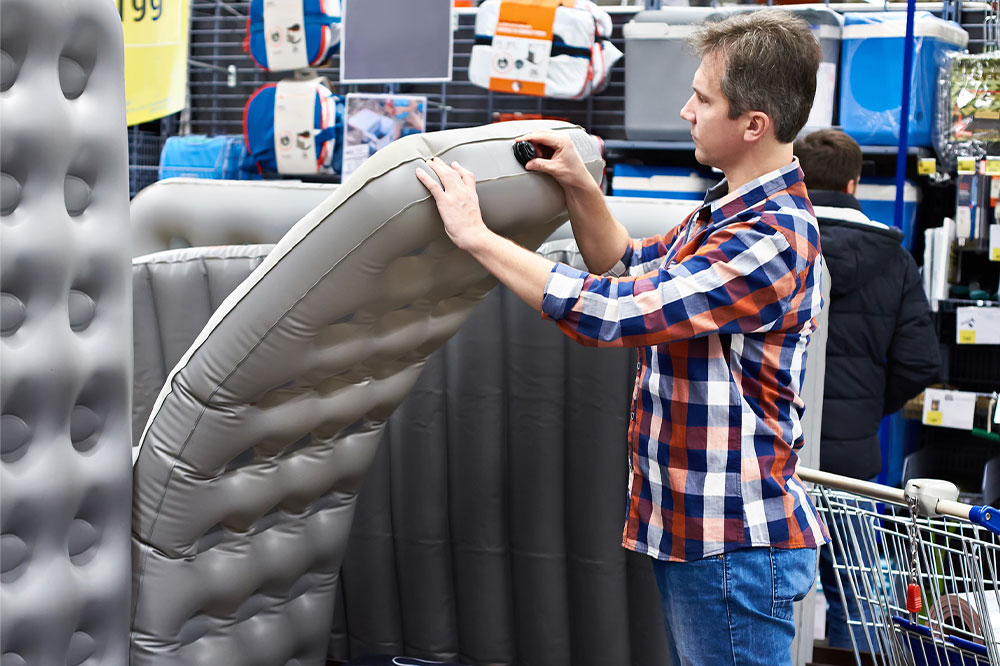Remedies and lifestyle changes to manage tardive dyskinesia

Tardive dyskinesia (TD), in most cases, develops as an uncommon side effect of specific existing neurological prescriptions. Patients develop visible facial symptoms, including lip smacking, rapid blinking, and tongue thrusting, among others. These symptoms are triggered due to basic involuntary muscle contractions as the brain releases excess dopamine when one has tardive dyskinesia. There is no cure, but read on to know the prescriptions, treatments, and suggested lifestyle changes for the condition:
Prescriptions for tardive dyskinesia
One of the primary treatment methods suggested by specialists is the prevention of the symptoms and minimizing the risk of progression. Several FDA-approved prescriptions have proven to be effective in managing symptoms.
Ingrezza®
Ingrezza® once-a-day capsules are approved for treating and managing motor control issues linked to tardive dyskinesia. Adults can take the daily dose as suggested by their healthcare providers to manage specific facial and body movements that are involuntarily triggered during the disease progression. It controls the brain’s release of dopamine, one of the primary hormones linked to motor control, to prevent uncoordinated movements. Several clinical trials conducted revealed that the symptoms were managed within a period of six to eight weeks with a daily prescription. Continued use further improved outlook and quality of life among those dealing with moderate to severe symptoms.
Austedo®
Marketed under the brand name Austedo®, deutetrabenazine is a prescription given with existing treatment alternatives to manage movement-related problems caused by tardive dyskinesia. Symptoms can range from mild twitching, jerking, shaking, or blinking primarily affecting the face. The FDA-approved prescription has been recommended for patients after several clinical trials and studies and shows a reduction in the frequency and intensity of involuntary movements. Austedo® belongs to a class of vesicular monoamine transporter 2 VMAT2 inhibitors. These prescriptions are effective in lowering the dopamine signals sent by the brain to control specific movements. Since it can be prescribed with existing treatments, the dosage will vary depending on the severity of the symptoms and progression of tardive dyskinesia. Doctors start with a low dose to see how the body and mind react before making changes to improve the long-term outlook.
Standard treatments to manage tardive dyskinesia
Botox
Botox is commonly used to change the appearance of facial wrinkles, control certain types of muscle spasms, lower excessive sweating under the armpits, treat a lazy eye, and even for managing tardive dyskinesia. Botox or botulinum toxin is processed in the lab to make it safe for injection use on the muscle. Its primary purpose is to prevent the release of acetylcholine responsible for muscle contractions, thus allowing the muscles to relax. It is suggested for managing the facial contractions and involuntary muscle movements, among other symptoms of similar neurological conditions. A couple of doses of Botox can prevent muscle spasms from recurring for at least three months. Adults over the age of 18 can consider this treatment alternative for managing involuntary reflexes and contractions that disrupt facial features and expressions. However, note that Botox injections need to be taken regularly, at least once in three months, as prescribed by the doctor for long-term efficacy. The procedure is minimally invasive and takes about 30 minutes to map and inject the botulinum toxin. Results may be visible within the first week after injection.
Deep Brain Stimulation (DBS)
DBS is one of the treatments suggested for Parkinson’s disease, and it may also be suggested for patients with tardive dyskinesia. Note that it is opted for in cases where most standard treatments have failed to deliver results. That is because DBS is an invasive procedure that uses electrical currents to alter the function of certain neurons. The treatment is FDA approved and has been instrumental in helping patients who didn’t benefit from standard approaches for neurological disorders. The brain simulates neurons responsible for impulse control. DBS uses controlled electrical currents to alter the functioning of a neuron, specially those linked to involuntary movement disorders like Parkinson’s, dystonia, essential tremors, and even epilepsy. All of this can be achieved wirelessly once the implants are in place. Both the healthcare provider and patients have access to the control settings, and it is adjusted with multiple follow-up appointments to get the right stimulation.
Lifestyle changes to overcome motor control issues
Prescriptions and treatments are believed to work better with the following changes to better manage tardive dyskinesia.
Live an active lifestyle
Regular exercise, stress relieving techniques, and practicing good sleep hygiene can improve physical control, promote better mood, and boost immunity to manage symptoms of tardive dyskinesia further.
Consider joining support groups
Joining a support group can boost morale and help patients overcome social anxiety. There are many coping mechanisms that can teach patients to overcome stressful situations when the symptoms flare up.
Observe any progression
Depending on family members and close friends to monitor and observe daily movements can provide better insights for the doctor to modify treatment plans. Tardive dyskinesia is a progressive disorder, so it all comes down to what can be done to prevent the symptoms from worsening in the long run.
At any point, if the symptoms or control issues worsen, immediate attention from a health professional is advisable. Also, do not make any changes to daily routine, prescriptions, or lifestyle without first consulting with the healthcare specialist. Remember all changes will present side effects that also need to be addressed promptly.









